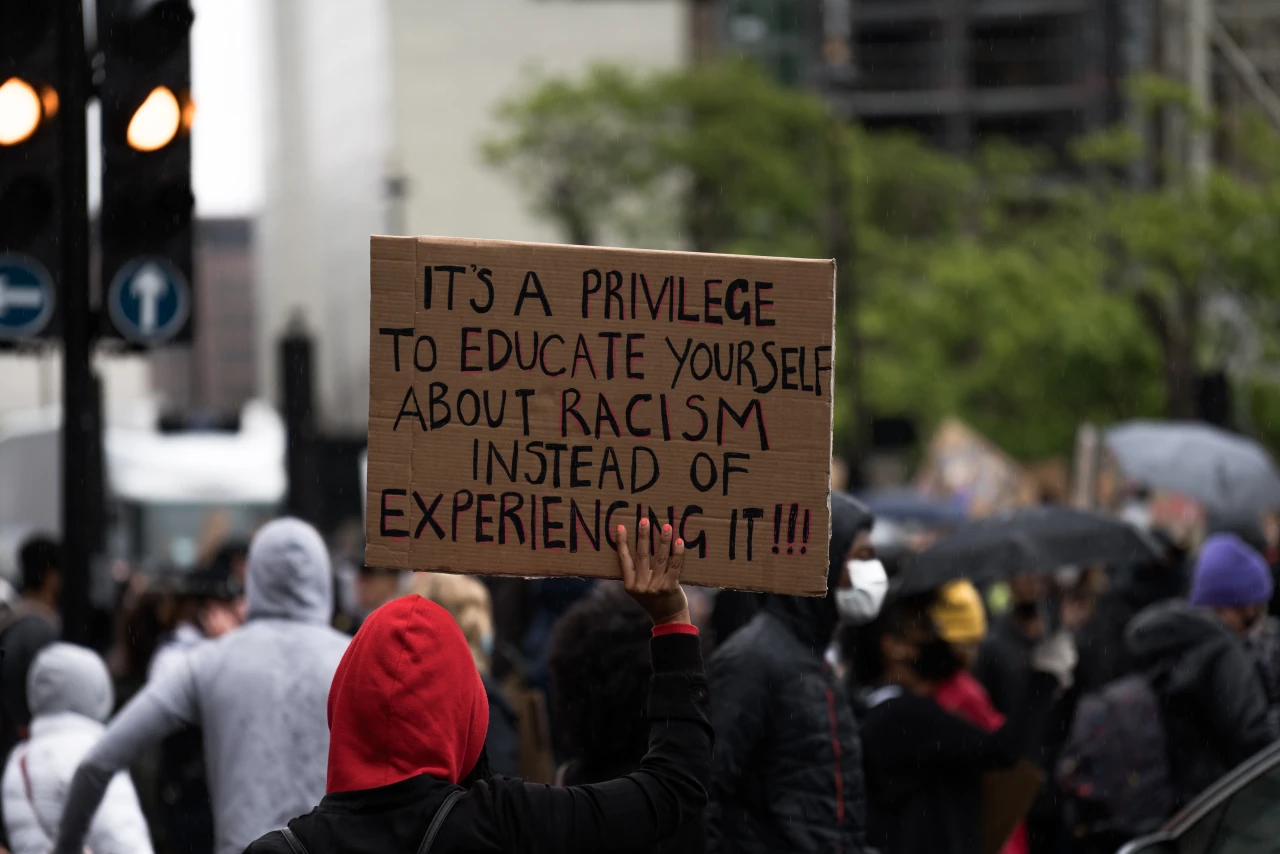It's not just 'Maus.' Here are some more targets of the rising tide of book-banning
Maus landed back on bestseller lists in the wake of its banning from the eighth-grade curriculum by a Tennessee school board. But it’s just one very prominent book among the hundreds or thousands that are being included on ban lists around the country, many of which you’ll never hear of. They’re in school libraries for a reason, though—or were, until recently—having been chosen carefully by librarians to add something to what’s available to kids. They deserve to be lifted up and recognized, too.
Unfortunately, so many books are in the crosshairs of the censors—around 850 on one list in Texas alone—that we can’t talk about all of them. But here are some of the books that haven’t made individual headlines when they were banned.
The books below don’t just appear on Texas state Rep. Matt Krause’s 16-page list of books to investigate—a list that was more than 60% LGBTQ-themed books, according to one analysis. They might also be books pulled from the shelves in Granbury Independent School District, in Texas; or Polk County, Florida; or targeted by Texas Gov. Greg Abbott. Those books are also heavily LGBTQ. Interestingly, the American Library Association’s top 10 most-challenged books of 2020 list is less LGBTQ—though the top book on it, by Alex Gino, was George, since retitled Melissa.
The books below are in no particular order.
All Boys Aren’t Blue, an essay collection by journalist and LGBTQIA activist George Johnson that was included on best books of 2020 lists from Kirkus Reviews, the New York Public Library, and others.
Echo Brown’s Black Girl Unlimited, described as “just brilliant” by Kirkus.
Susan Campbell Bertoletti’s They Called Themselves the K.K.K.: The Birth of An American Terrorist Group, which won the American Library Association’s 2011 award for excellence in nonfiction for young adults.
Adam Rapp’s 33 Snowfish, one of the Young Adult Library Services Association’s top 10 books for young adults in 2004.
Carmen Maria Machado’s In the Dream House is an award-winning memoir about an abusive lesbian relationship.
Separate is Never Equal: Sylvia Mendez and Her Family’s Fight for Desegregation, by Duncan Tonatiuh.
Ordinary Hazards, by Nikki Grimes, is a memoir that got starred reviews in six major trade journals, among other honors.
Maia Kobabe’s Gender Queer is a memoir in graphic novel form. It was an ALA Alex Award winner that got a starred review from the School Library Journal.
Drama, by Raina Telgemeier, is an LGBTQ-themed graphic novel that won multiple awards and made multiple year’s best lists, but was also the seventh-most-banned book between 2010 and 2019, according to the American Library Association.
Gabi, a Girl in Pieces, by Isabel Quintero, made the best books lists at both Kirkus and the School Library Journal in 2014.
Ash, by Malinda Lo, was on the Kirkus best young adult books list in 2009.
More Happy Than Not, by Adam Silvera, got starred reviews at Publisher’s Weekly, Kirkus, School Library Journal, and Booklist, as well as making many best-of lists in 2015 and thereafter.
Two Boys Kissing, by David Levithan, has made repeated appearances on the ALA’s most banned books list. It was also on the National Book Awards longlist for young people’s literature.
The Hate U Give, by Angie Thomas, was a well-reviewed, massive young adult bestseller, with Kirkus Reviews calling it “necessary” and “important” in a starred review. The School Library Journal also gave it a starred review. It was a Coretta Scott King Honor book.
The list goes on. And on and on and on.
We could have a whole section on winners of the Pulitzer Prize or National Book Award that some school boards just aren’t sure belong in schools. It’s not just Maus. Fences, by August Wilson. Beloved, by Toni Morrison. Between the World and Me, by Ta-Nehisi Coates. The Confessions of Nat Turner, by William Styron. Sherman Alexie’s The Absolutely True Diary of a Part-Time Indian, which won the 2007 National Book Award for Young People’s Literature. Or books by authors who’ve won those awards for their other work, like Morrison’s The Bluest Eye, which the College Board actually uses as an example for AP exam preparation. Or Isabel Wilkerson’s Caste.
Reading banned books—whether by buying copies or checking them out of your local or school library, if it has them—is not going to stop book bannings. What’s going to stop book bannings is organizing, speaking out, and electing school board members and state politicians who will support the judgment of librarians and educators about what books are appropriate to have available for kids. But while we’re doing that, let’s also lift up a wider range of the books being pulled out of schools, highlighting the ways that attacks on these books represent attacks on marginalized communities.
(Note: I’ve offered Amazon affiliate links throughout, but you can also get these books from an independent bookstore by going to Bookshop.org.)

